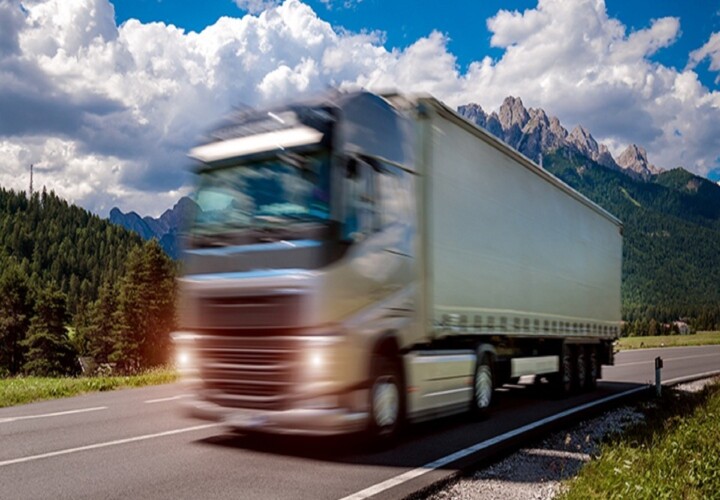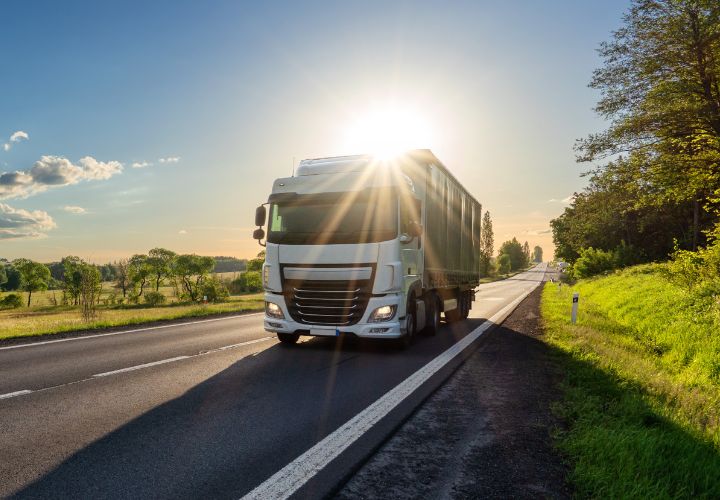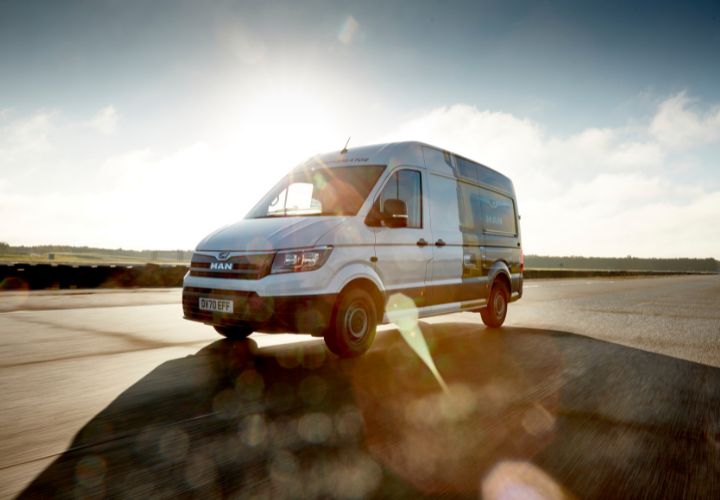Telematics technology has transformed the way many organisations manage their fleets. The ability to monitor driver behaviour has allowed companies to cut incident rates, slash fuel costs and plan more efficient delivery routes. While telematics data is invaluable (and Microlise Incident Analysis provides in-depth detail), combining it with camera technology completes the picture.
Fleet camera solutions use high-speed mobile networks and file compression to send video clips over the airwaves immediately after a road traffic incident, allowing for the timely resolution of claims. Cameras also provide driver peace of mind and protection from malicious claims as well as improving safety outcomes for everyone on the road.
Not convinced of the value of adding a multi-camera solution to your fleet? Read on…
– Protect your reputation, your assets and your drivers
Cameras help to establish liability quickly, in the event of an accident. Fleet operators who install safety cameras, typically report a reduction in pay-outs on disputed claims and reduced insurance premiums. Camera footage, particularly when used in conjunction with fleet performance telematics that provides data on location, time, direction and speed, provides sound evidence and allows operators to establish who was at fault and file claims at speed.
A case in point
Read how Microlise telematics protected one of the UK’s largest retailers from a crash for cash scam.
2 – Improve safety and driver behaviour
On-board cameras aren’t just triggered when an accident occurs – they are also triggered when a near-miss causes rapid deceleration. Cameras, and the fact that a journey is being recorded, often heightens driver awareness in a positive way, allowing for behaviour to be modified for improved driver performance. Cameras also paint a fuller picture and, when used in conjunction with telematics, provide an excellent coaching tool. Transport managers and driver trainers can use real footage to talk through potentially dangerous behaviours and pre-empt and prevent future incidents.
3 – Establish liability and control insurance costs
Next generation cameras are an important tool to support First Notification of Loss (FNOL). FNOL lets the insurer who has initiated the claim control the process, so it is important that fleet operators report loss as soon as possible. Taking control of the claims process can reduce costs and lower insurance premiums with telematics and camera technology also reducing the administrative burden required to manage the claim.
A good camera system will notify the transport office as soon as an incident occurs, and provide a video file that can be submitted to an insurer and to relevant authorities.
4 – Keep Vehicles on the Road
Insurers have found that fewer incidents recorded on four-way cameras result in disputed claims, so vehicles are far less likely to be off the road as part of an investigation. This means that fleet assets can be back in operation as quickly as possible after an incident occurs.
Driving-related incidents can cost fleet operators millions of pounds every year through maintenance costs, damages and insurance claims. A combined fleet telematics and multi-camera solution puts them back in the driving seat.
At Microlise we’re committed to providing technology solutions that help operators manage and reduce risk. Our multi-camera solutions are fully integrated with our telematics solution, giving operators a single system through which they can understand what was happening before, during and following an incident, both in terms of detailed telematics data and real-world footage.
Learn more about our suite of safety product options…




